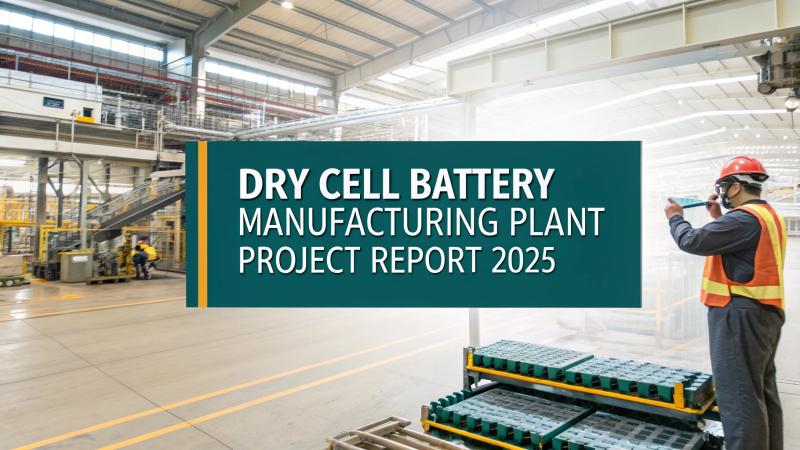The increasing demand for portable energy solutions underscores the significance of dry cell batteries, which convert chemical energy into electrical energy efficiently. These batteries, characterized by their paste electrolyte, offer versatility in usage without the risk of leakage, making them ideal for various applications. However, the manufacturing process presents challenges, particularly in cost management and profitability. Understanding the feasibility of setting up a dry cell battery plant involves analyzing raw material costs, labor, and operational expenses, which are critical for stakeholders aiming to enter this competitive market. The central problem lies in balancing production costs with market pricing to ensure sustainable profitability while meeting consumer demand.
To navigate the complexities of dry cell battery manufacturing, a thorough feasibility study is essential. Key insights reveal that optimizing the supply chain, investing in advanced manufacturing technologies, and implementing efficient production processes can significantly reduce costs. Additionally, understanding market trends and consumer preferences will inform strategic pricing models. The implications of these findings suggest that businesses can enhance their competitive edge by focusing on innovation and sustainability, ultimately leading to increased market share and profitability in the growing energy sector. For more detailed insights, refer to the full report on OpenPR.








